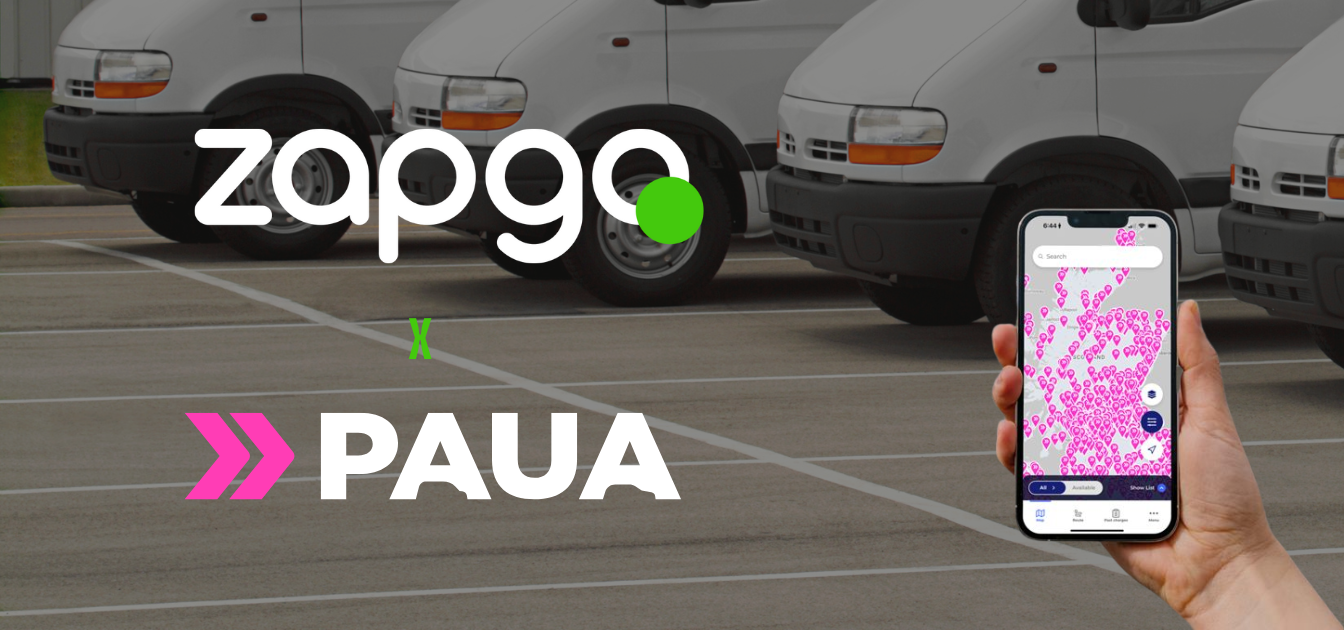TL;DR
Char.gy transforms streetlights into EV charging points, addressing the needs of multifamily dwellers without driveways. As EV adoption grows, accessible charging infrastructure will become essential for a sustainable future. The article explores the innovative solutions and challenges in expanding EV charging networks.
- Niall Riddell, CEO & Co-founder at Paua & co-host Chris Sass talk to Shayne Rees, Head of Marketing at Char.gy about ‘EV Charging for Multifamily Dwellers’.
- Link in blog to full episode
Want to charge at home overnight, but lack a driveway?
Char.gy focus on home charging overnight, specifically for those without a driveway. The company converts street lights into charge points, using the existing infrastructure in cities where many people do not have driveways. Lamp posts in the UK have sufficient power supply capacity for charging cars overnight. The char.gy system uses IoT devices connected through a 4G network. Charging technology has evolved from simple sockets to smart chargers that can be accessed by anyone with a standard Type 2 cable. Ultimately, the goal is to have a charge point at every lamppost.
Making living with an EV, easy.
In the street, there are charge points for electric vehicles that are conveniently located near where people park.
Currently, the number of EVs on the road is low, so the number of charge points is also limited. However, as EVs become more popular, more charge points will be installed. The goal is to make living with an electric car easy by providing easy access to charging.
Different strategies are used for different locations, such as dedicating parking bays for charging in heavily congested areas. The number of charge points needed depends on factors like the driving habits of individuals. For example, a three to five kilowatt charge point can support multiple light drivers who only need to charge once a week or once every two weeks. On the other hand, a taxi driver, who drives more frequently, would need a one-to-one ratio of charging points.
Charging an electric car requires a balance between power and network resilience. Some charge points are limited to three kilowatts to ensure safety, while others can provide up to 5.5 kilowatts. For most drivers, three kilowatts over 12 hours is sufficient to recharge their car.
The scepticism towards lamp post charging is gradually being overcome through tests and trials with local councils. In cities like Brighton and Hove, lamp post charges are popular due to their convenience. Etiquette for street charging includes leaving parking spaces next to charge points open and tidying up cables to avoid trip hazards. The charging process is seamless and can be done through a website or app (like the Paua app that comes with the charge card), and with payment options like Google Pay and Apple Pay available.
Demand flexibility
Charge points are being optimised for simplicity of use, with the aim of creating a network of low power charges that make accessing electricity easy.
The ideal future for charging infrastructure involves faster charging speeds and more connections, similar to the proliferation of electric scooters. Plugging in EVs for longer periods can make them assets for a low carbon future, as they can lend capacity to the grid and provide flexibility services. An example of demand flexibility is the introduction of day-night pricing, where customers switch to cheaper night prices for charging. This has resulted in a significant shift in charging behaviour, with more demand occurring between midnight and 7 A.M.
Charge points also ensure a renewable-backed electricity supply to support green vehicles. On average, the grid has the least carbon intensity during the early morning hours and in the middle of the day. The goal is to move as much electricity demand as possible outside of the evening peak, which is when gas-fired power stations are used more. Most charging events for electric cars are around 35 kilowatt hours, but there are some outliers that reach up to 91 kilowatt hours.
There is potential for wireless charging technology, but it is currently expensive and requires retrofitting of the vehicle. Wireless charging may be more popular in niche applications such as car clubs. Car clubs are shared car resources where users can hire a car for a few hours or a day.
The challenges to mass EV adoption
Limited access to private driveways for charging electric vehicles in the UK is a problem that may exist in other compact European cities as well.
Char.gy are currently conducting a trial in New York and looking to expand in Ireland.
The variation in charging prices leads to the challenge of explaining this to consumers. There is an importance of providing value to customers while also maintaining and upgrading charge points. In terms of business use, the challenge of transitioning fleet drivers from petrol stations to electric charging points is still significant.
The use of smartphone apps for payment is crucial in reducing friction - fortunately smartphone adoption is high in the UK although Shayne acknowledges that there may be a problem with digital exclusion for some individuals. Nevertheless, he believes that technology adoption will eventually address this issue.
Shayne also mentions future technologies that will allow cars to pay for charging automatically. Street charging is an important part of the EV charging ecosystem. It makes charging convenient for everyone and helps unlock the carbon and energy system benefits of electric vehicles. Transitioning to a net-zero future will be cheaper and more sustainable with hyperlocal charging. Shayne owns a Tesla Model 3 and finds it comfortable, especially in traffic.
Want to listen to the full episode; Insiders Guide to Energy





